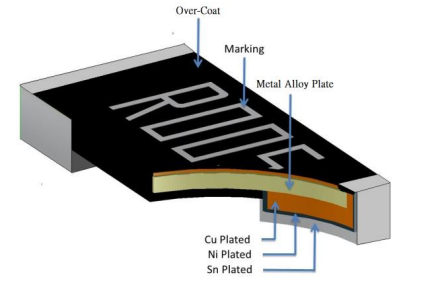结合使用strstr和atoi可以实现一种工具,以C语言获取文件中的数据
设计API:  int& nbsp; get_buf_data(char& nbsp; * buf,char& nbsp; * data) 用于获取文件中的数据:#include& lt; stdio.h& gt; #include& lt; fcntl.h& gt; #include& lt; string.h& gt; #include& lt; stdlib.h& gt; #include& lt; unistd.h& gt; int get_buf_data(char * buf,char * data){char * p1 = NULL,* p2 = NULL;整数= 0; p1 = buf; p2 = strstr(p1,data); if(p2 == NULL){printf(“%s no find%s ---%s
",__ FUNCTION__,buf,data); return 0;} p1 = p2 + strlen(data); num = atoi(p1);返回num; } int main(void){int fd = -1; char buf [1024]; fd = open(“ build_mtk8127eng.sh”,O_RDWR); if(-1 == fd){printf(“ open fair!
");返回-1;}内存集(buf,0,sizeof(buf)); read(fd,buf,1024); close(fd); int num = get_buf_data(buf,“ student_num:”)); printf(“ num:%d
" num);返回0;}& nbsp; & nbsp;程序的功能是打开相应的文件,读取文件中的数据并将其保存到buf,然后通过buf在文件中找到相应的字符串,读取该字符串后面的相应整数数据并返回当然,它也可以其他形式设计。 & nbsp; & nbsp;这里主要是熟悉strstr函数,这是字符串搜索函数,上面的一个API是先返回以找到对应子字符串的第一个地址,然后返回一个指针来接受,然后使用另一个指针将刚返回的子字符串地址的偏移量添加到该子字符串的第一个地址,然后使用strlen计算该子字符串。
将字符串的长度添加到第一个地址以获取下一个字符串,然后是atoi用于将字符串转换为整数。函数原型:extern& char& nbsp; * strstr(char& nbsp; * str1,& nbsp; const& nbsp; char& nbsp; * str2); & nbsp;& nbsp;& nbsp; str1:要搜索的字符串表达式。
& nbsp;& nbsp;& nbsp; str2:要查找的字符串表达式。返回值:如果str2是str1的子串,则返回str1中第一次出现的str2的地址。
如果str2不是str1的子字符串,则返回NULL。 & nbsp;& nbsp;& nbsp;& nbsp; & nbsp;& nbsp;
将字符串的长度添加到第一个地址以获取下一个字符串,然后是atoi用于将字符串转换为整数。函数原型:extern& char& nbsp; * strstr(char& nbsp; * str1,& nbsp; const& nbsp; char& nbsp; * str2); & nbsp;& nbsp;& nbsp; str1:要搜索的字符串表达式。
& nbsp;& nbsp;& nbsp; str2:要查找的字符串表达式。返回值:如果str2是str1的子串,则返回str1中第一次出现的str2的地址。
如果str2不是str1的子字符串,则返回NULL。 & nbsp;& nbsp;& nbsp;& nbsp; & nbsp;& nbsp;
- 电话:0755-29796190
- 邮箱:tao@jepsun.com
- 联系人:汤经理 13316946190
- 联系人:陆经理 18038104190
- 联系人:李经理 18923485199
- 联系人:肖经理 13392851499
- QQ:2065372476
- 地址:深圳市宝安区翻身路富源大厦1栋7楼











